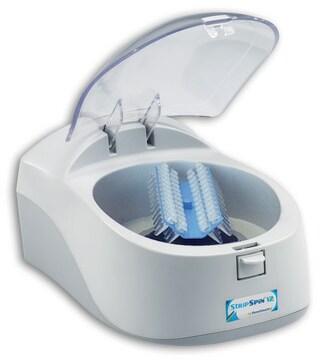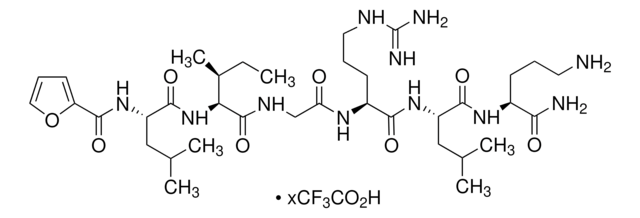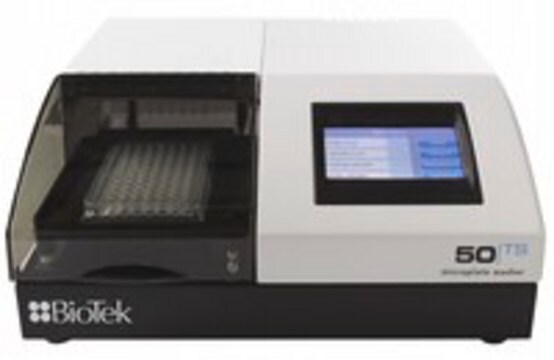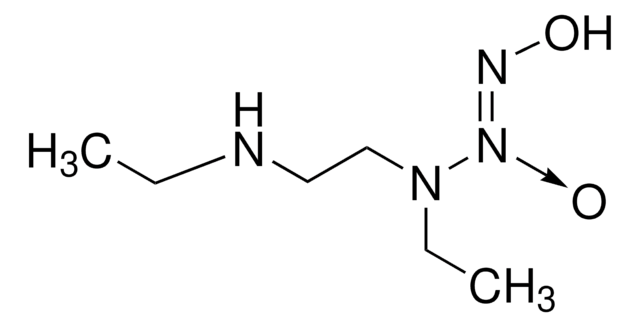SRP8051
CD152 (human): FC (human) (non-lytic)
recombinant, expressed in CHO cells, ≥98% (SDS-PAGE)
Sinonimo/i:
CTLA-4, Cytotoxic T-lymphocyte-associated antigen 4, Hepatitis A virus cellular receptor 2
About This Item
Prodotti consigliati
Origine biologica
human
Ricombinante
expressed in CHO cells
Saggio
≥98% (SDS-PAGE)
Forma fisica
lyophilized
PM
monomer 39 kDa by calculation
Confezionamento
pkg of 100 μg
Impurezze
<0.06 EU/μg endotoxin, tested
Colore
white
N° accesso UniProt
Condizioni di spedizione
wet ice
Temperatura di conservazione
−20°C
Informazioni sul gene
human ... CTLA4(1493)
Descrizione generale
CD152 and CD28 are both expressed on the cell surface as homodimers or as monomers. CD152 was originally identified as a gene that was specifically expressed by cytotoxic T lymphocytes. However, CD152 transcripts have since been found in both Th1 and Th2, and CD4+ and CD8+ T cell clones. Whereas, CD28 expression is constitutive on the surfaces of 95% of CD4+ T cells and 50% of CD8+ T cells and is down regulated upon T cell activation, CD152 expression is upregulated rapidly following T cell activation and peaks approximately 24 hours following activation. Although both CD152 and CD28 can bind to the same ligands, CD152 binds to B71 and B72 with 20-100-fold higher affinity than CD28.
Azioni biochim/fisiol
Stato fisico
Ricostituzione
Altre note
Codice della classe di stoccaggio
10 - Combustible liquids
Classe di pericolosità dell'acqua (WGK)
WGK 2
Punto d’infiammabilità (°F)
Not applicable
Punto d’infiammabilità (°C)
Not applicable
Certificati d'analisi (COA)
Cerca il Certificati d'analisi (COA) digitando il numero di lotto/batch corrispondente. I numeri di lotto o di batch sono stampati sull'etichetta dei prodotti dopo la parola ‘Lotto’ o ‘Batch’.
Possiedi già questo prodotto?
I documenti relativi ai prodotti acquistati recentemente sono disponibili nell’Archivio dei documenti.
Il team dei nostri ricercatori vanta grande esperienza in tutte le aree della ricerca quali Life Science, scienza dei materiali, sintesi chimica, cromatografia, discipline analitiche, ecc..
Contatta l'Assistenza Tecnica.








